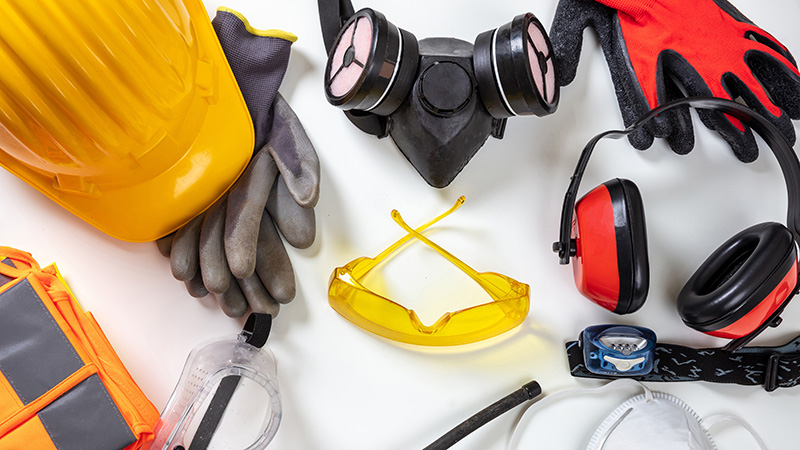
Personal Protective Equipment (PPE) plays an essential role in preventing injuries. From hard hats and safety goggles to earplugs and gloves, PPE shields employees from hazards lurking in their work environment.
Despite its importance, we often see workers neglecting to wear PPE, putting themselves and others at risk. Let’s consider some reasons workers are unwilling to use their PPE, how it can affect them and others, and ways to motivate consistent PPE usage.
Lack of Awareness: Sometimes, employees simply lack awareness about the significance of PPE. Educating them about the risks and benefits can bridge this gap. Proper training on PPE use and maintenance is crucial. The lack of understanding can often breed dangerous workplace practices.
Discomfort: Uncomfortable PPE is a common deterrent. Safety glasses that pinch, poorly fitted gloves, or ear protection causing irritation—these discomforts can often discourage PPE usage, especially when women are required to wear men’s garments.
Inconvenience: Cumbersome PPE can lead to noncompliance. The hassle of wearing and removing multiple layers may tempt employees to skip it altogether.
Lack of Enforcement: When PPE rules aren’t enforced consistently, employees may perceive them as optional. Strong enforcement reinforces the message that safety matters.
Perception of Invincibility: Some workers believe accidents won’t happen to them. Highlighting real-life incidents can shatter this illusion.
Peer Pressure: Social dynamics play a role. If colleagues don’t wear PPE, others might follow suit. Encourage a collective commitment to safety.
Limited Availability: When PPE isn’t readily accessible, compliance suffers. Ensure easy access to gear and consider providing samples for employees to try.
Low Perceived Value: Employees must understand that PPE directly impacts their well-being. Communicate its value effectively.
To motivate consistent PPE use, involve employees in selecting comfortable gear. Their input fosters ownership and reinforces compliance. Remember, management must lead by example—walking the safety talk sets the tone of workplace culture. For a proper understanding of what PPE is needed for a task, see this article.
Our safety team is available to help members improve their safety programs beyond compliance and toward quality safety practices. Contact us at [email protected] to learn more.





